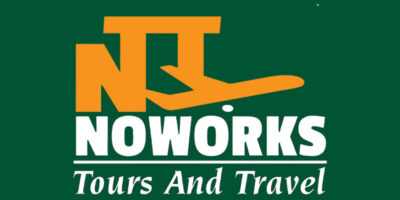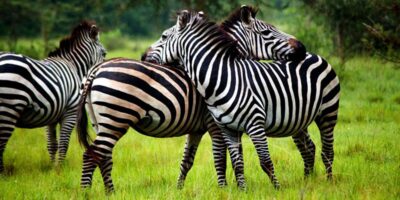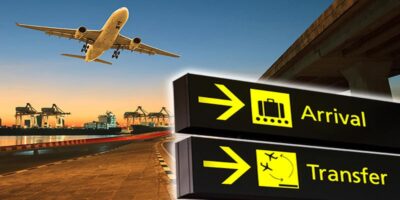Here is information about what to do and where to stay in Kampala to help you organize your safari in Uganda and Kampala City tour more successfully prepared by Noworks Tours and Travel ltd.
THINGS TO DO IN KAMPALA
Kampala was constructed on seven fabulously lush hills, which give stunning landscape as well as distinct points of orientation and identity. The primary administrative offices and diplomatic residential areas are located in Nakasero and Kololo hills. Makerere Hill is home to Uganda’s oldest university, the Great Ivory Tower. Mulago Hill is home to the country’s largest hospital. Namirembe, Kibuli, and Rubaga hills are historical religious hills imported to Uganda during the colonial era.
Kampala is a swarm of tourism activity, and everyone is given the opportunity to appreciate the city’s beauty and tourism potential.

After work, everyone is talking about having fun and having more fun! Friends catching up and going to ‘the current hangout spots.’ These could include restaurants, a dozen coffee shops, nightclubs, bars, and bufundas ( most popular and cheapest of them all). Nobody can blame Ugandans for being free-spirited and loyal to themselves; after all, there isn’t a country that isn’t well-represented when it comes to drinking. Never be shocked when people state that Kampala is one of the few cities that never sleep!
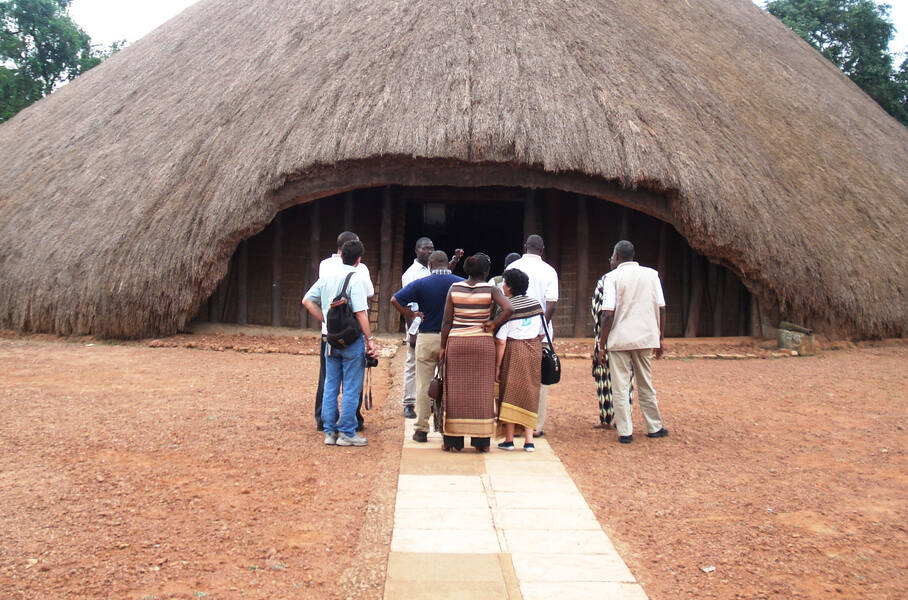
Consider going to the recently opened Kasubi tombs on the outskirts of Kampala. This is where the Kabakas are buried. They are the Kings’ burial places and are built in the characteristic Ganda architectural style of a massive circular structure topped with a domed thatched roof. They are located on Nabulagala Hill, off the Kampala-Hoima route, a few kilometers outside of town. Many of the Kings’ artifacts are on exhibit, including spears, drums, furniture, and a stuffed pet leopard said to have belonged to Muteesa 1. Muteesa 1, Mwanga II, Sir Daudi Chwa, and Edward Muteesa II are buried here.Mwanga was exiled to the Seychelles in 1899; he died there in 1903 and his body was returned to Uganda and buried at Kasubi in 1910.
It is a plethora of activities in Kampala. The option of visiting the Kampala museum in the outskirts of the city for a fine collection of historical items, and displays of traditional art.The museum was founded in 1908 on the site of the old Fort on Old Kampala hill, then moved to the present site in 1954. Many of the items were looted between 1970 and 1986 and the efforts are being made to return the museum to its former standard. Displays include a number of artefacts from archaeological sites from around the country, es of stone and iron age finds among others.
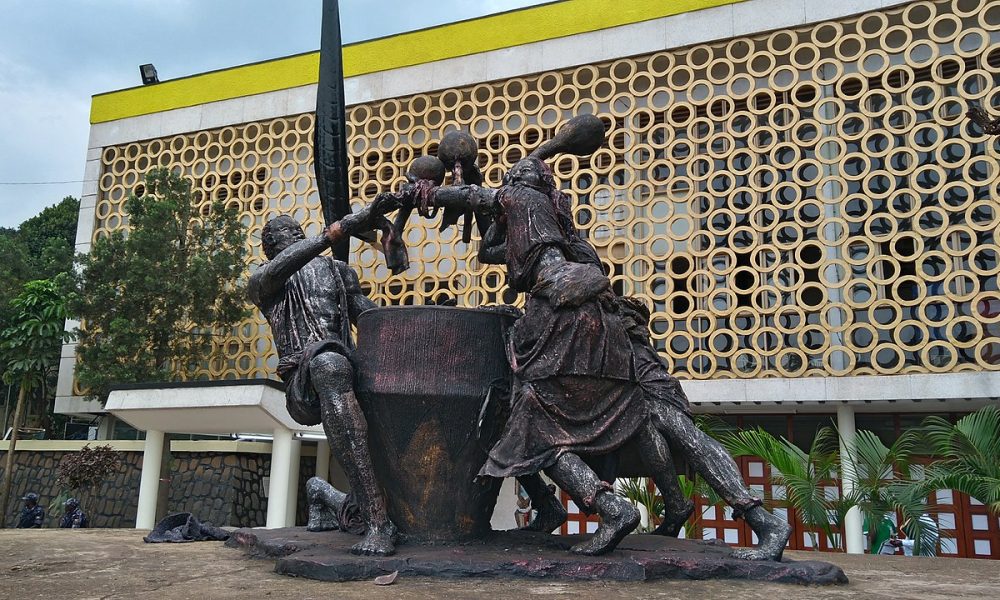
After a historical feel, proceed to Kikaya hill, off the Gayaza road about 4Km and appreciate the only temple of the Baha’i religion to be found in Africa. This religion believes that every religious manifestation forms a successive chapter in one great and continuous revelation of God. The stunning views of the Baha’i temple can be fully admired on Kira road after the Uganda museum.
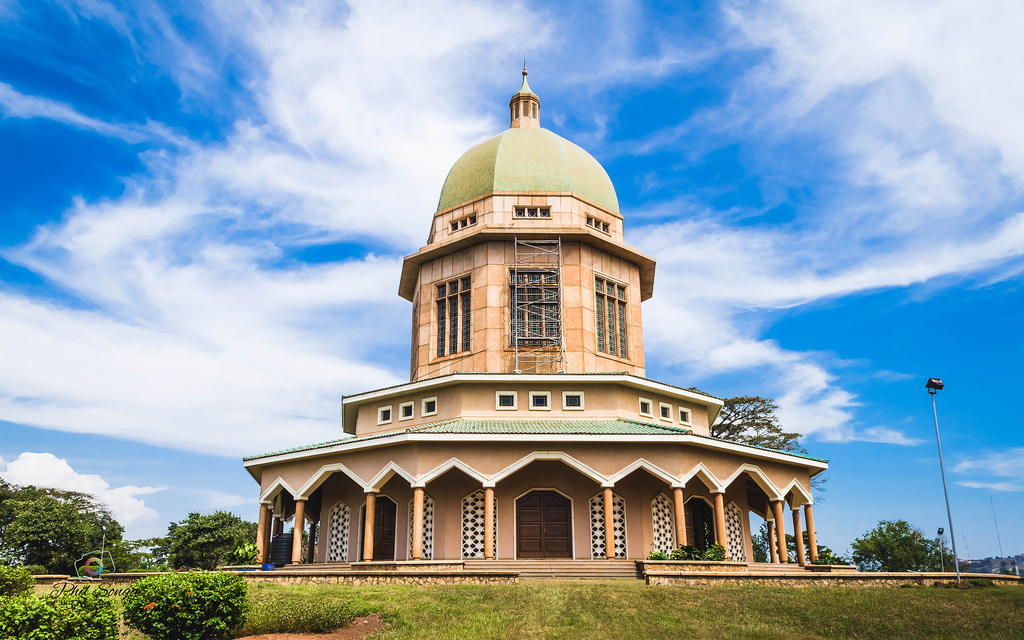
Located close to the capital is the Kabakas constructed from about 1885 to 1888 by Kabaka Mwanga. The original plan was to link up with Lake Victoria but this was not to be, as Mwanga was desposed. The lake got into a fairy terrible state and became very stagnant. The lake is a pleasant scenic stretch, formed by damming two small streams from the north, with two small islands in the centre. It is possible to walk around most of the lake shore.
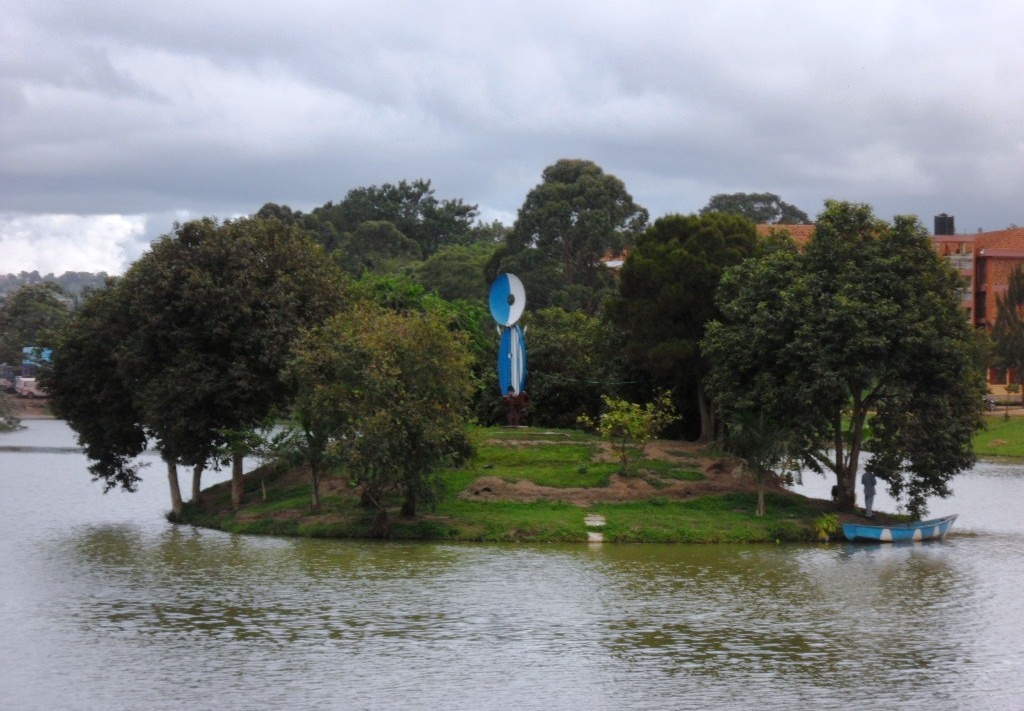
The name Hill of the Mpala was given specifically to the hill on which Captain Frederick Lugard, a British administrator, established his fort in December 1890. The fort at Kampala Hill, as it became known ( now known as Old Kampala hill), attracted several people including Arabs who proposed to Idi Amin, then President of Uganda to construct a mosque. Amin embarked on the foundation, but upon his ousting it came to a halt. Years later, Mummar Ghaddafi, former Libyan head of state fully funded the construction of the second largest mosque in Africa. On the top of the minaret, a 360 degrees view is unavoidable!
On 2 December 1959, Governor Sir Frederick Crawford opened a curious building and is faced with whole series of interconnected concrete circles. The National Theatre on DeWinton road street is the home of dances, drama and music for all ages, races and faces.
Far west in the downtown of Kampala around the taxi park, bus terminals and Nakivubo stadium is a place known as Owino market. It has outgrown its designated area and most of the pavements in the streets surrounding it are covered in all manner of trade goods. It’s an absolute hive of activity as shoppers race to catch their Matatu clutching their purchases.
We could go on and on, but would never complete. All we can say is that indeed Kampala is wonderful; the food is palatable, nutritious too. The weather is out of this world and the women are something to write home about!
WHERE TO STAY IN KAMPALA
Kampala has first-rate accommodations in great locations, as well as ample sightseeing possibilities to showcase the best of each place.
A 245-room hotel in the centre of the city, conveniently located within 4 acres of the Sheraton Gardens ( which are beautifully maintained by the hotel and open to the public). It offers a full recreation center with a swimming pool, squash courts, tennis courts, and a health club that is solely available to hotel guests and members. All rooms include balconies and high-speed internet connection. To name a few amenities, the pubs include enormous TV screens displaying satellite sports, pool tables, and snack menus. However, expect some noise from weekend night gatherings.
You are not without options! The Kampala Serena Hotel, Speke Resort Munyonyo, and Hotel Africana will provide you with a 4-5 star East African experience.
The Grand Imperial Hotel is a centrally located and charming renovation of a colonial building. It has restaurants that serve international cuisine, fully equipped bars, a swimming pool, a ballroom for dancing and entertainment, Jacuzzis, steam and spa baths, a retail mall, and massage services. What a better way to unwind and experience a fantastic pleasure!
A members club around 5 kilometers from the city center offers reciprocal membership agreements with other clubs. The Kabira Country Club has en-suite bedroom villas nestled in beautiful surroundings. To make your stay special, the Country Club features a lounge, bar, terrace restaurant, swimming pool, fitness club, tennis court, and games room.
Backpackers hostel and campsite, formerly known as Natete Backpackers, is excellent for a group of people interested in hosteling and camping. Kikandu hill, just past Mengo, is 3 kilometers from the city center. There are bandas, double rooms, a dormitory, camping area, a bar, and a restaurant. It has internet access. During peak seasons, however, it becomes noisy and busy due to overlanders’ vehicles. There are washing facilities and hot showers available, as well as tent rentals.
Red Chilli hideaway hostel and camping, located in the magnificent surroundings of Bugolobi, is an option for Kampala campers. Camping, dormitory, small double room, large double room, ensuite, and self catering cottages are all options for lodging. They are spotless and offer a pleasant atmosphere. To make residents feel at ease, the establishment provides a bar, a nice restaurant, satellite TV services, internet access, a pool table bookshop, hot showers, and laundry facilities.
Kampala has different ranges of accommodation to suit every visitors need!
FOR MORE OF THIS
Email: info@noworkstours.com
Facebook: https://www.facebook.com/noworkstoursandtravel
Website: https://noworkstours.com/
OR
Call on +256 200 903 438, WhatsApp on +256 762 802 215, 0789606573
WRITEN BY: KUZANYA JOHN BOSCO

